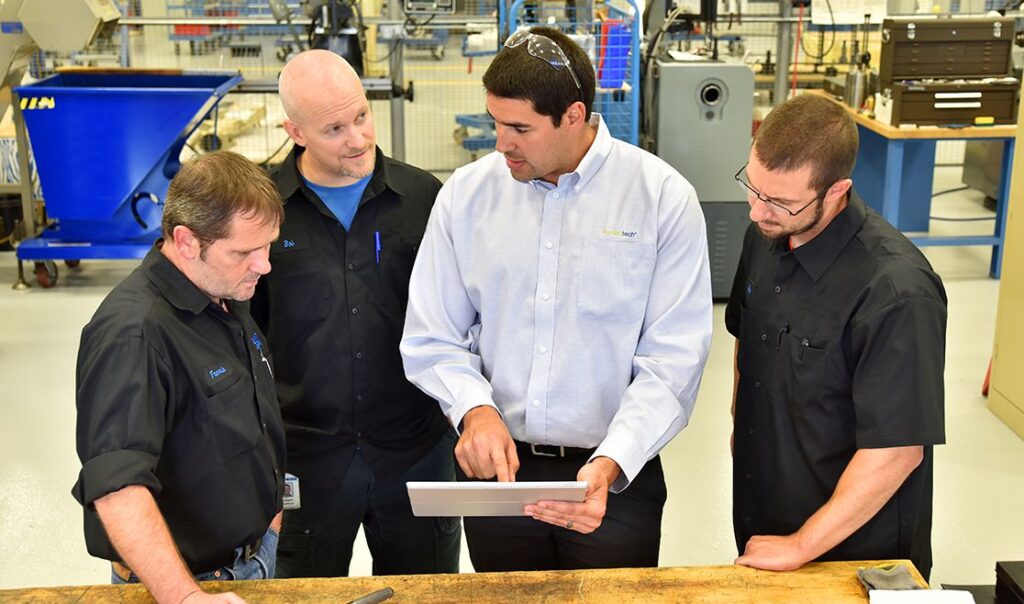Risk Mapping Best Practices
12/06/2020 | Margaux Mistor

As an ergonomist, I help companies build sustainable ergonomics programs. Once you have the tools and knowledge to identify risk associated with a task, deciding how to move forward can be daunting. Multiple factors go into the approach that a company will take including facility size, available resources, and corporate goals and expectations. While some may prioritize implementing immediate improvements, other companies choose to first develop a full risk map of their facility. Whichever route you take, here are some best practices for risk mapping:
Prepare a toolkit
Include all the standard gear you’ll need to conduct an assessment, including a tape measure, force gauge, hand dynamometer, scale, and a phone, tablet, or video camera.
Identify the scope
Clearly identify the scope of areas and tasks you’ll be assessing.
Create a task list
Employ team leads, supervisors, and managers to help compile a list of tasks that occur within each department or area.
Standardize naming
Decide upon a standard naming convention for job assessments.
Engage all employees
Ensure that employees at all levels of the organization understand the purpose of your ergonomics program, what exactly you’ll be doing during an assessment, and what their role in the process is.
Identify main contacts
To streamline the process and save time, establish clear points of contact and preferred methods of communication for people who will be performing the observed tasks.
Copy and modify
Utilize available efficiencies by copying and modifying job assessments when possible.
When it comes to risk mapping, the seemingly endless list of jobs to assess can be overwhelming, which is why it’s important to establish clear and realistic goals and expectations from the beginning. Once an individual or team has been trained in how to use the assessment tools, the next step is to determine how much time people can dedicate to the ergonomics process. By dividing the amount of time dedicated to assessments by the average amount of time it takes each individual to complete one assessment, you’ll have a rough estimate of the rate of assessment completion. This estimate can be used to set both long- and short-term goals as you work your way through a facility.
Although risk mapping is an important step in the ergonomics process, it isn’t where you should be spending all your time. The next step involves working with other groups in your organization, such as engineering, health and safety, maintenance, and the general employee population, to develop improvement ideas for the issues you have identified and prioritized. For more information about the ergonomics process, check out our ebook, “Four Ways to Sustain Your Ergonomics Process.”






